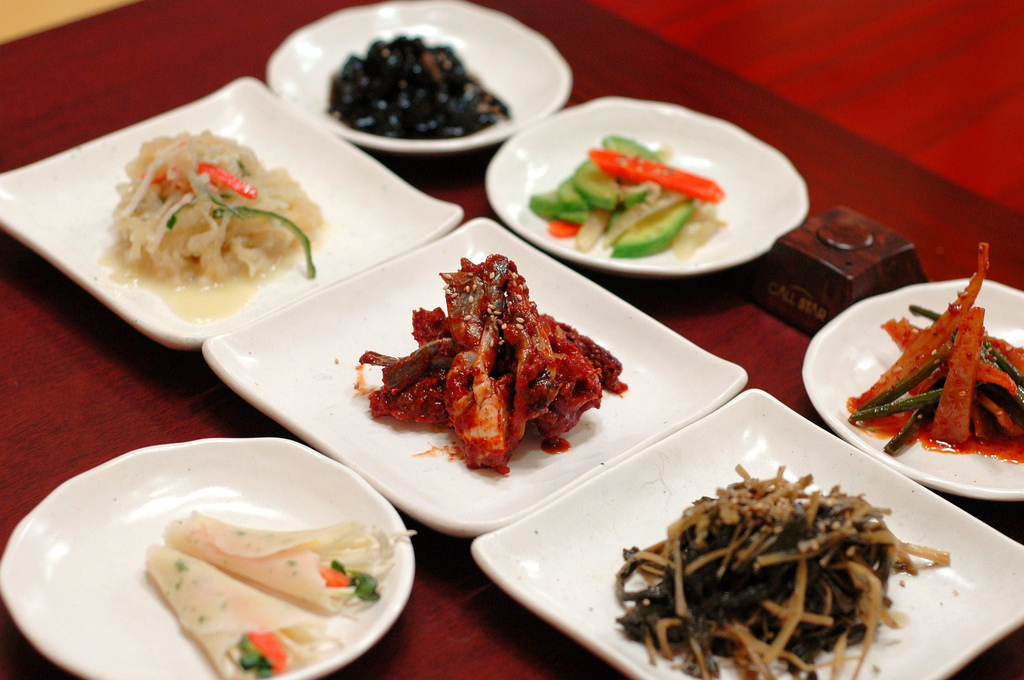
By Ahn Nagyeong, Hankuk University of Foreign Studies student. For “El Marino”.
How many of you have tried Korean food? Yes, it is still quite difficult to get a chance to eat it, and it is a kind which has a clear likes and dislikes. But, once you get to know what a wonderful food it is, you will long for a try.
As a Korean university student who spent a year in Santiago, Chile, I know the popularity of Japanese and Chinese food among Chileans, which makes me think; why not Korean food?
Compared to Japanese and Chinese food, Korean food is not so known worldwide, even though its expansion throughout the globe is growing bigger. The intent to globalize Korean food is a time-consuming task because of the big difference it has with Asian food: it is slow food.
Chileans enjoy Japanese sushi rolls and Chinese take-out ‘wok’ style menus because they are fast and convenient to eat in their busy lives. Korean food takes time in cooking and eating also requires more time than those “fast food”.
There are clear reasons for this slowness. Korean food usually consists of rice and various small dishes, called ‘banchan’. Among numerous banchans, vegetable takes 75%. The recipes are complicating and are mostly boiling which is a way healthier recipe than frying in oil. The usage of Korean traditional pastes for seasoning, like soybean paste and red chili paste, contributes another factor, and the paste’s enzyme ingredients prevent obesity.[1]
A Korean food foundation, which is actively working on advertising and promoting Korean food, claims that “continuous consumption of Korean traditional food will help prevent adult diseases and obesity.”[2]
During my one year stay in Chile, I gained almost 10 kilograms. I worked in a company, so I had an average daily routine, like other Chileans. I would start the day with a cup of coffee with some bread and salted avocado. Then, outside, I would meet with the world of sandwiches, hamburgers, empanadas, high-calorie and high-carbohydrate Peruvian food, all sided with soda drinks or sugared juice and free bread. Also, it was so hard to resist ordering the last dish, desserts. To me, this style of eating habits resulted in gaining weight. But as soon as I got back to Korea, of course, naturally having changed my diet into a Korean slow food style, I lost all those “Chile kilos” in just 6 weeks.
Earlier this year, the Chilean government attempted to impose tax on sugary food, which shows its concern on the country’s high obesity rate, which is about 30 percent.[3] Other than this measure, the government should consider changing the whole eating habits of the Chileans modeling Korean food if they want to reduce this obesity rate.
Contributing a few more minutes for a healthier diet will not harm anyone’s daily lives; it will give a person a happier and longer life. Korean food is the smart diet that can assure health and a lighter body for Chileans who might be having a sugar/wheat concentrated meal.
Notes
[1] Korean Food Foundation, “Effects of Korean Food”
[2] Korean Food Foundation, “Effects of Korean Food”
[3] Santiago Times, “50 deputies call on Bachelet to include junk food on sugary drinks tax”, Celia Seruby, May 3, 2014















